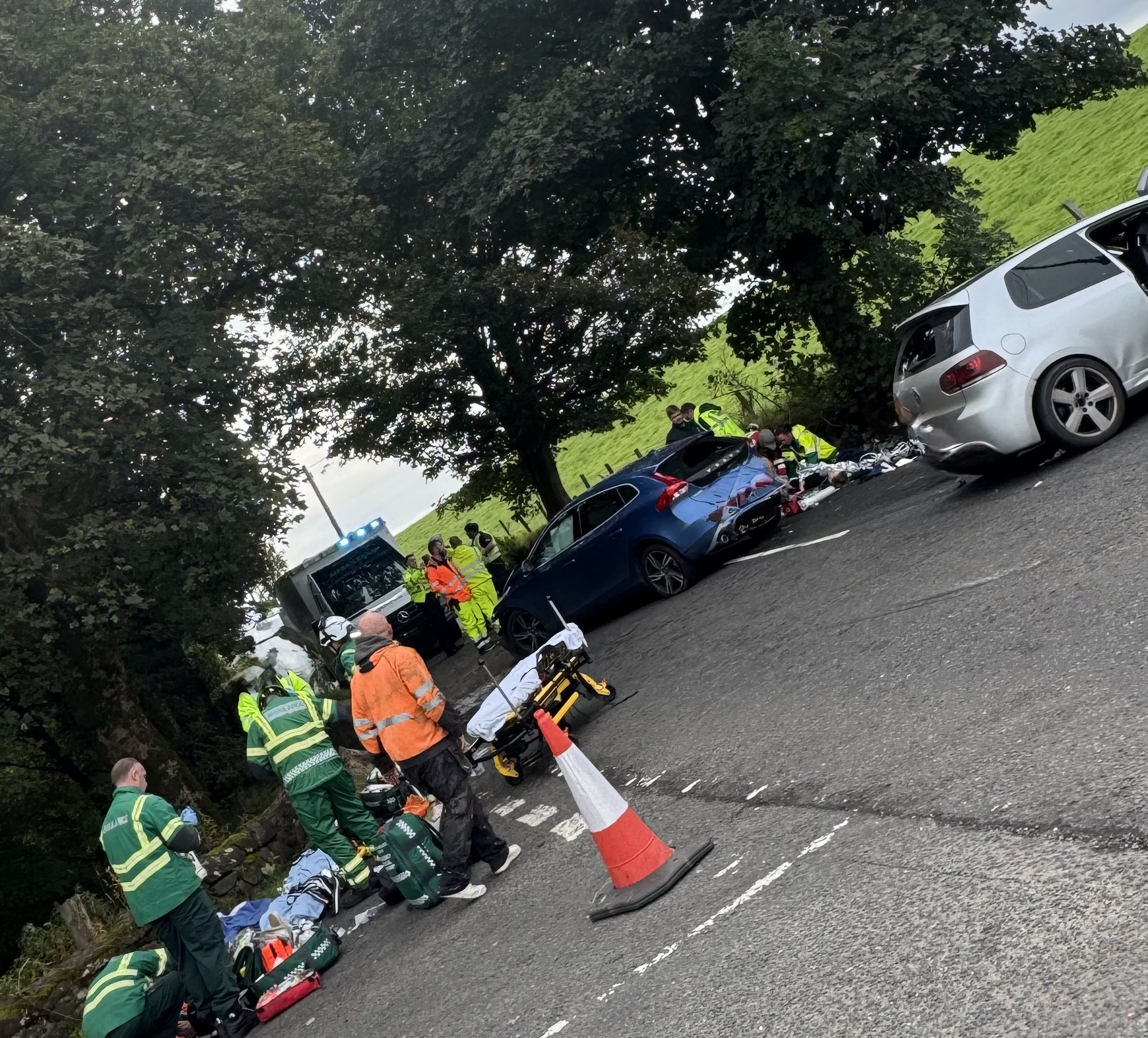The Battle Begins in Minutes - You Hold the Power
The fight for survival is won or lost in the first few minutes after someone collapses. And that fight starts with you. Ask yourself: Are you ready to respond if someone collapses in front of you—at home, in the supermarket, or at work?
Your actions as a bystander buy time.
- Recognise the emergency.
- Call 999.
- Start CPR—push hard and fast on the chest.
- Send someone for the nearest defibrillator.

Your hands can save a life. High-quality CPR and a shock from an AED (automated external defibrillator) are what restart the heart. And yes—you can do that.
For years, I’ve had the privilege of working alongside some of the brightest minds dedicated to improving outcomes from out-of-hospital cardiac arrest (OHCA). In Scotland alone, over 3,000 people each year experience a cardiac arrest in the community where resuscitation is attempted. Yet only 1 in 10 will survive.
Saving lives isn’t about one person—it’s about a system. A chain of events must unfold, and it begins with you.
Before paramedics arrive, before hospital care begins, before recovery can even be imagined—community readiness and bystander action are the first and most critical steps. This time-sensitive sequence is known as the Chain of Survival.

You’re Not Alone—You’re Part of a Life-Saving Team
Eight minutes later, the ambulance arrives. A Resuscitation Response Unit or Advanced Paramedic in Critical Care follows close behind. But your role isn’t over. You’re now part of a team. Keep pushing. Keep fighting.
When I arrive, I won’t ask what happened right away. Strange? Maybe. But my priority is ensuring CPR continues and defibrillation happens every two minutes. Once that’s in place, then I’ll ask:
Was the arrest witnessed?
Was CPR started quickly?
Was an AED used?
How long has the person been in cardiac arrest?
I’ll also assess their age, medical history, and whether this is a sudden, reversible event—or the final stage of a long illness. These answers guide our next steps.
A Team Formed in Crisis—United by Purpose
We’ve identified a reversible cause. Resuscitation continues. This flash team—likely strangers until moments ago—has come together with one mission: save a life.
Then, the moment we’ve all fought for:
“I can feel a pulse. They’re trying to breathe. There’s movement.”
Now it’s time to transfer them to hospital, where specialist teams will focus on restoring quality of life.
But Your Journey Doesn’t End Here
Everyone affected by OHCA needs care—patients, families, paramedics, hospital staff. And you. Especially you.
This may have been your first time performing CPR on a real person. You may feel overwhelmed, emotional, uncertain. That’s normal. You might need support, guidance, or just someone to talk to. Resilience—that’s a topic for another day.
The Quiet Victory
Weeks pass. You’re walking into the supermarket. Someone walks out with their family. They don’t recognise you—they were in cardiac arrest. But you remember them. You smile. And carry on with your day.
They’re alive because you knew what to do.
You took action.
You saved a life.
Your Call to Action: Be Ready. Be the Difference.
You don’t need to be a paramedic to save a life—you just need to be prepared.
Learn CPR. Locate your nearest defibrillator. Talk to your family, your colleagues, your community.
Take a CPR course. Share this post. Encourage others to be ready.
Because when the moment comes, you could be the reason someone gets to go home to their family.
The chain of survival starts with you. So, start today.
Colin Crookston, Advanced Practitioner Critical Care and Sandstone Communications team member.